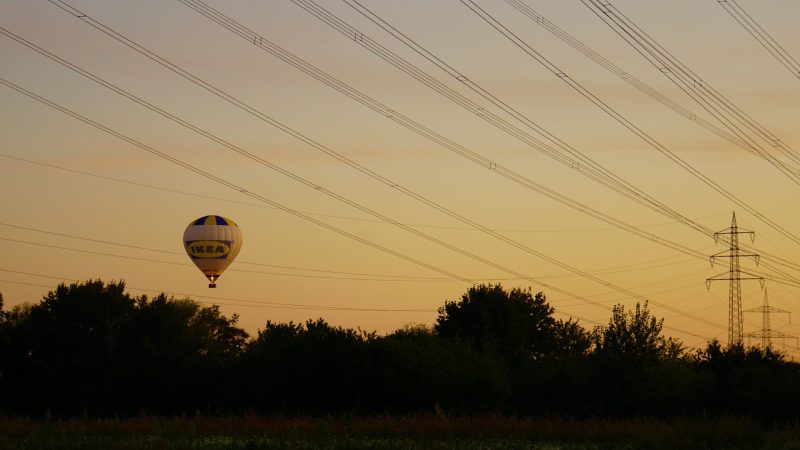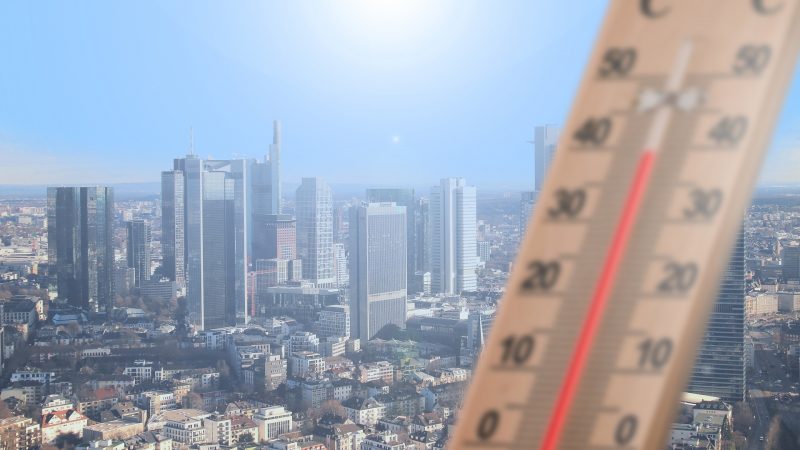What if weeks of lockdown hadn’t changed anything about pollution?3 min read
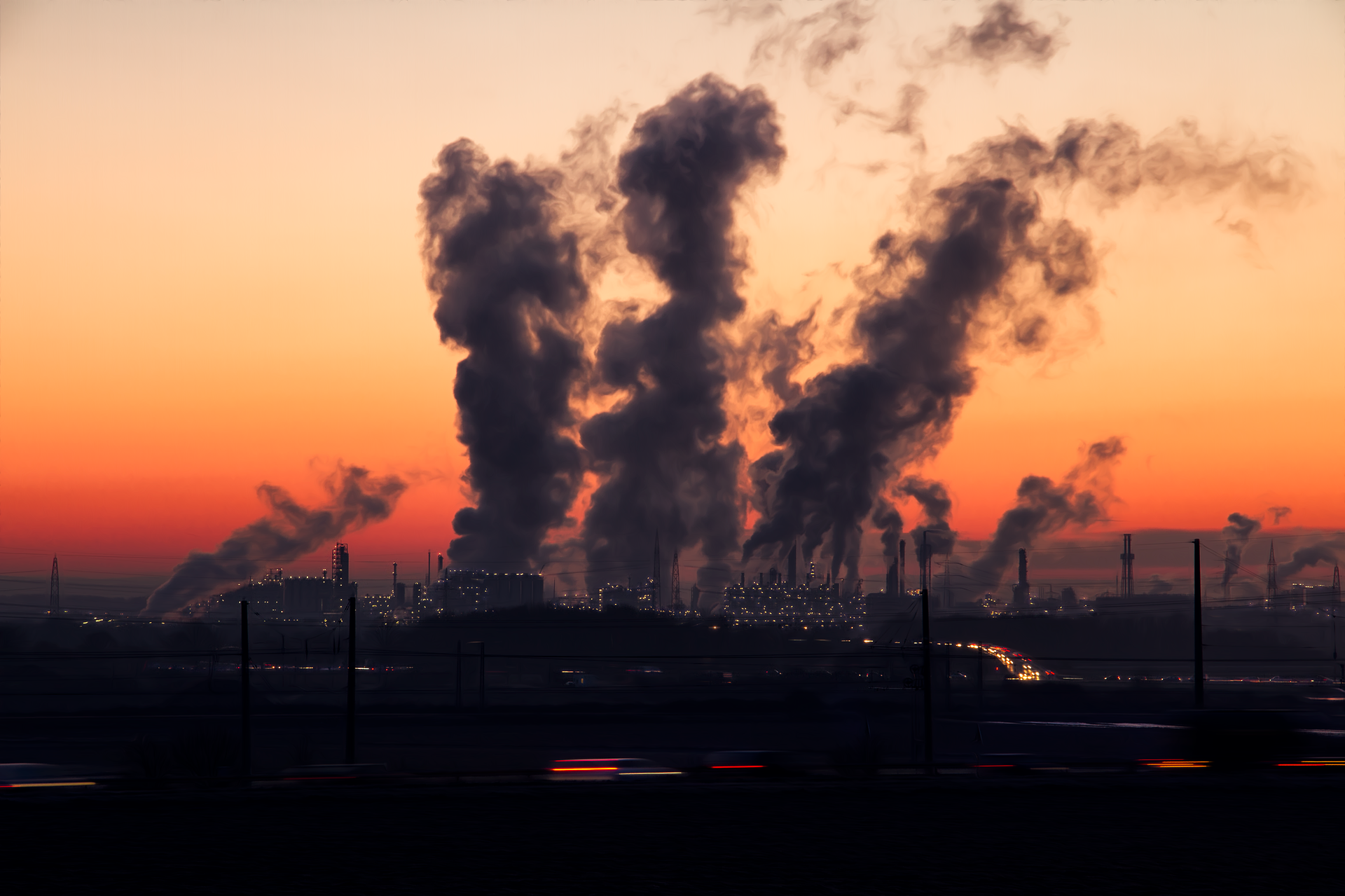
It would be definitely a problem, wouldn’t you?
The point is that the concentration of carbon dioxide in the air has not changed, despite the restrictions, and there is a reason.
The scientific journal Nature Climate Change published on May 19th the first study on the effects of the pandemic on carbon dioxide (CO2) emissions, the main gas responsible for the greenhouse effect and global warming.
Government policies during the COVID-19 pandemic have drastically altered patterns of energy demand around the world. Many international borders were closed and populations were confined to their homes, which reduced transport and changed consumption patterns.
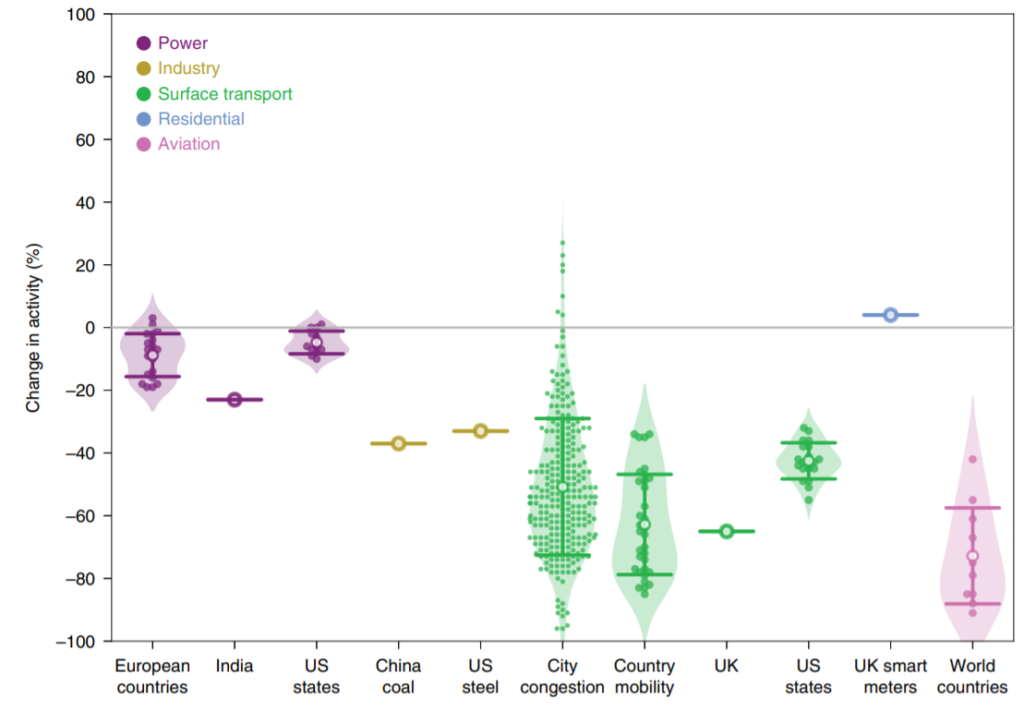
Daily global CO2 emissions decreased by –17% by early April 2020 compared with the average 2019 levels, just under half from changes in surface transport.
At their peak, emissions in individual countries decreased by –26% on average. The impact on 2020 annual emissions depends on the duration of the confinement, with a low estimate of –4% (–2 to –7%) if pre-pandemic conditions return by mid-June, and a high estimate of –7% (–3 to –13%) if some restrictions remain worldwide until the end of 2020. Government actions and economic incentives post-crisis will likely influence the global CO2 emissions path for decades.
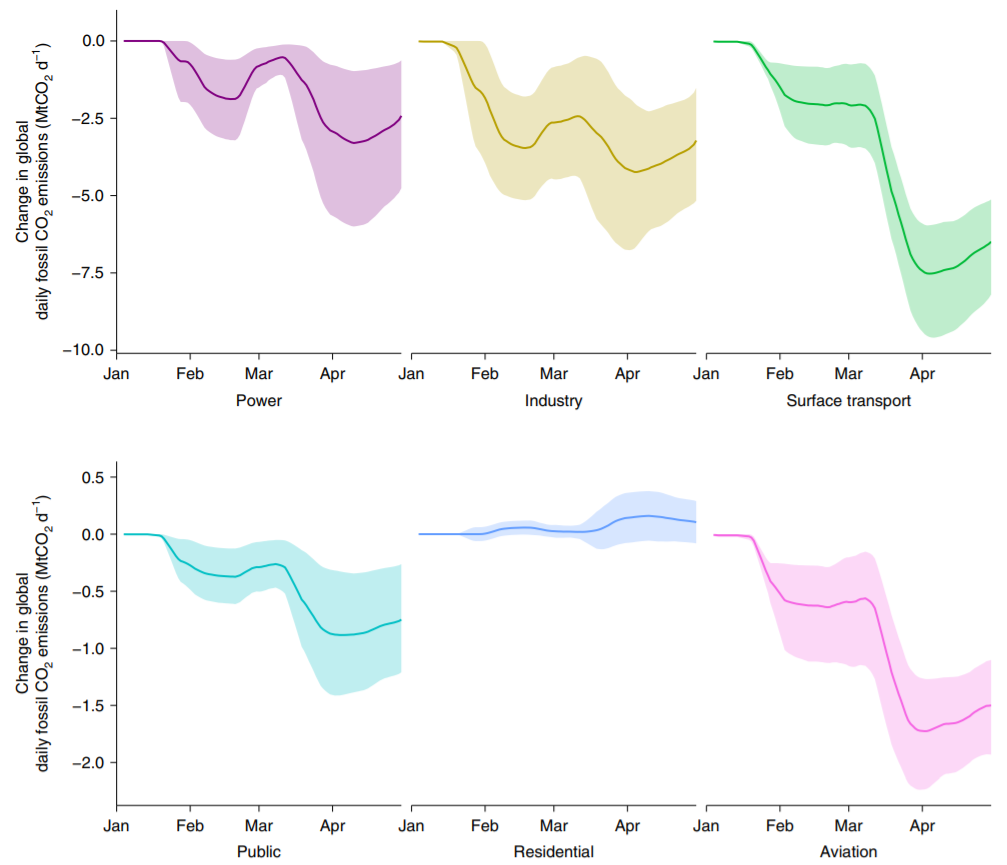
So far so good.
Here you are the first bad news. According to experts, this effect is unlikely to continue in the coming months. On the contrary: government initiatives to revive the economy should lead to very strong growth in the production of emissions. That’s true, the study predicts that in 2020 total global emissions will be only 4-7 percent lower than those produced in 2019. But considering that in recent decades the global annual carbon dioxide emission has almost always increased (between 2008 and 2009 decreased by 1,4 percent) this decrease does not necessarily have a truly significant effect and counts for the long term in the fight against climate change.
Second bad news: what matters is not the CO2 itself, but the CO2 concentration. And the concentration data show no change: emissions should decrease much more than they have done so far for the effect of their decrease to be visible in the related graphs. On the contrary, in April 2020 the average concentration of carbon dioxide in the atmosphere was 416,21 parts per million, the highest ever recorded since 1958.
Third bad news: individual choices matter little. The sectors in which there was the greatest drop in the production of CO2 emissions are the ones impacted by the individual choices to decrease the impact of human activities on the climate: transport by car and air flights. The fact that despite their great decrease, even at the time of maximum global restrictions (which occurred at the beginning of April) the world continued to produce more than 80% of its usual carbon dioxide emissions, clearly shows that to counteract the change it must not ask individuals to change their habits, but carry out more radical changes in the way energy is produced.
Conclusion: the COVID-19 pandemic has so far confirmed things that environmental activists have been saying for a long time.
Source: “Temporary reduction in daily global CO2 emissions during the COVID-19 forced confinement” 19 May 2020, Nature Climate Change
Featured image by Ralf Vetterle from Pixabay





